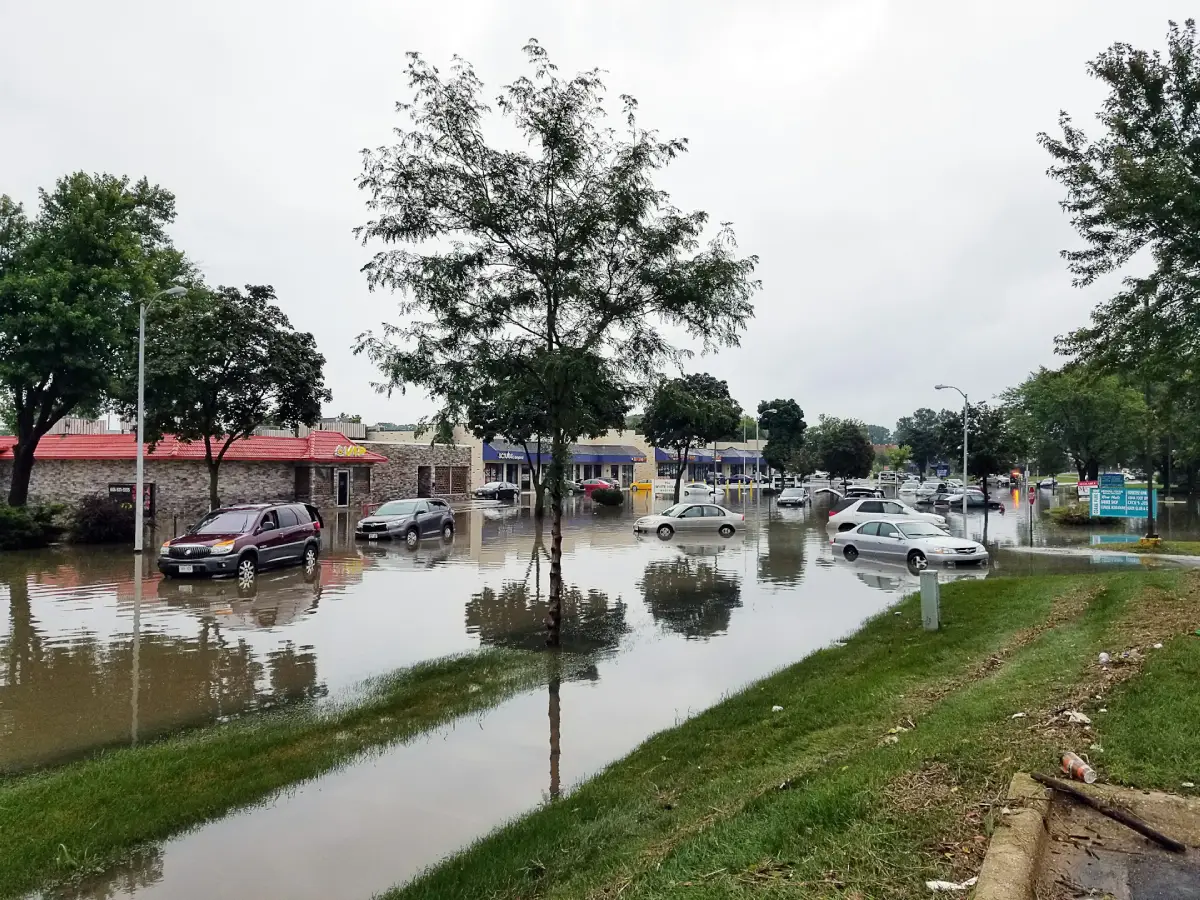
You’ve just returned from a relaxing vacation. As you step into your home, dread fills your heart as you find your wooden floors warped and your favorite rug submerged.
A pipe burst while you were away and completely wrecked your house! Water damage can be a devastating problem, and something you never expected as you prepared for a memorable trip.
The Wake of Water Damage
Water damage is a disaster no one hopes for, yet it continues to plague homeowners across the globe. It’s not just a matter of aesthetics; unabated water damage can result in severe structural issues that pose direct threats to your health and safety.
It can foster mold growth on walls, which releases airborne spores that contribute to respiratory issues. An increasing amount of invisible moisture within the property leads to wet insulation and sheetrock, eventually rendering the house uninhabitable.
This can undeniably turn your haven into a veritable nightmare in no time. Unexpected water intrusion like leaks or flooding causes more extensive decay than is apparent at first glance.
An immediate call to competent professionals at Water Damage Specialist is necessary to prevent further deterioration. Knowing fully well that every minute can mark the difference between restoration and replacement, they arrive armed with equipment to minimize damage and control costs effectively.
A series of systematic approaches that include inspection, water extraction, drying, cleaning, sanitizing, and finally restoring the property are adopted thereafter.
The comprehensive services of industry leaders like IICRC (Institute of Inspection Cleaning and Restoration Certification) keep water damage from turning catastrophic.
Types of Water Damage
Did you know? Not all water damages are created equal! They’re categorized based on the sort of water source and level of contamination involved. Category one water damage originates from a sanitary source like overflowing bath, posing no significant risk to humans upon exposure.
Category two or gray water, often comes from dishwasher or washing machine overflows and can cause some discomfort or sickness when contacted. Finally, category three or ‘black’ water, generally results from sewage problems or natural flood disasters and are highly toxic.
On the other hand, the degree of water penetration in a property is also crucial. Class one is the least harmful with minimal absorption in the structure.
Class two signifies a whole room, carpeting, or cushioning affected, while class three means water has saturated almost all areas. From the vertical walls up to the ceilings – that’s class three for you.
Differentiating these types helps specialists to carry out an appropriate plan of action aimed at remediation. Remember, understanding the severity of water damage matters when it comes to insurance claims as well!
Identifying Water Damage
Spotting signs of water damage early can spare you a world of trouble down the road. Be it subtle warning signs like discolored patches on walls, ceilings, and floors or more prominent ones like a sudden spike in your water bill– all are red flags.
Soft spots or bubbles on painted surfaces suggest trapped moisture while foul odors indicate unseen damp spots and mold growth within your spaces. Additionally, signs might also be showcased on your home’s exterior with gutters overflowing, cracks in your foundation, or moisture pooling closer to your house.
Beware of rapid temperature changes too. This can cause condensation and subsequently lead to moisture build-up around windows and walls which eventually lead to serious issues like wood rot.
When you notice any such indications of potential water damage, call in professionals for a thorough investigation. The situation might indeed warrant immediate intervention!
Immediate Actions After Water Damage
Water damage demands your immediate attention, and prompt action can make a significant difference. Firstly, ensure safety. Switch off electrical appliances, and if the water level is high, it’s advisable to cut off power from the main switch to guard against electrocution.
Refrain from using any household items that could potentially be contaminated by unhygienic water exposure. Document all visible signs of damage along with related costs for your insurer. Remove as much water as possible manually or using equipment like a wet vacuum.
Ventilation plays a crucial role in drying out your home faster. Let fresh air flow in, and use fans or heaters to accelerate the drying process. Position drapes above water levels to avoid further absorption.
Involving clean-up and repair specialists early on in this process helps streamline repair strategies while containing contamination effectively.
Importance of Quick Response
A timely response to water damage is critical; delaying could multiply your hassles and costs exponentially. Immediate action minimizes the scale of damage and contributes substantially to cost savings on repairs or replacements.
With every hour that passes, water seeps further into structures leading to more areas needing thorough drying and potential demolition. It also hikes up the risk of mold development, forcing a need for professional mold remediation services later on.
A quick response aids in salvaging many valuables at risk from water exposure – furniture, valuable documents, electronics etcetera. This also enables you to return faster to normalcy after such an unplanned disaster.
Just as you would make a claim on your travel insurance swiftly, so must you for your home coverage.. So, acting swiftly not only saves your property but also helps secure necessary coverage for the restoration process without unnecessary complications.
Professional vs DIY Damage Control
When water damage strikes, you might feel the urge to jump into action and fix things yourself. However, some types of water damage are best handled by professionals, while minor issues can often be managed at home.
Damage from clean water, like minor leaks or spills, can typically be cleared up using a mop or wet vacuum. Yet, for larger leaks or if the damage has been sitting for more than 48 hours, it’s best to bring in professionals. The IICRC, an industry leader, sets the standards for dealing with water damage and ensures that vital steps are not skipped.
Greywater and blackwater involve high levels of contamination. In these instances, it is critical to involve professionals who have the necessary expertise and protective equipment to handle such conditions. They ensure full decontamination, ultimately safeguarding your health and salvaging your property.
In addition to this, another reason for employing professionals still stands out – time sensitivity. Remember that water continues to do damage minute-by-minute. Fast action by trained experts can prevent further damages like structural weakness or mold growth.
Repairing and Restoring Damage
Once the immediate threat of water damage has been dealt with, restoring your home is the next step. This implies any cosmetic fixes like repainting walls and replacing carpeting, upholstery, or wooden floors.
For significant incidents, structural repairs may be required. Any penetration of water into the building materials requires careful renovation to ensure safety and stability in your beloved spaces.
Please note that drying out does not mean that potential threats are gone. Microbial growth can still be prevalent, hence the need for professional sanitizing.
Remember that these processes take time and patience but should never be overlooked to avoid problems in the future. Let professionals guide you through this period of restoration, turning your traumatized spaces back into the relaxing haven you once called home.
Concluding Remarks
The unseen companion of water damage can disrupt your peace of mind when least expected. Recognizing its signs early on and understanding its severities can help mitigate its impact effectively.
Rely on professional clean-up and restoration services to guide you through this ordeal. Remember, preventative measures play a critical role in staving off potential disasters. And above all, ensure comprehensive insurance coverage to safeguard against overwhelming costs associated with these unfortunate events.






